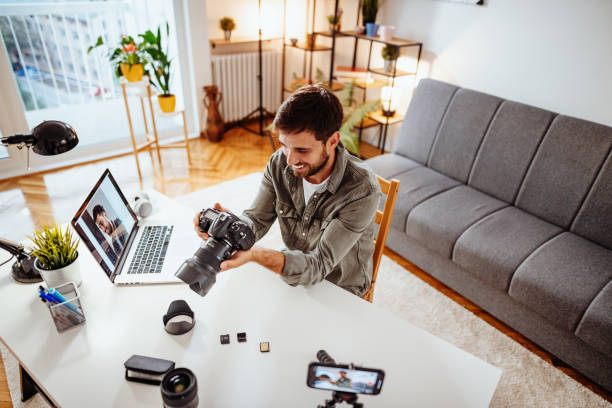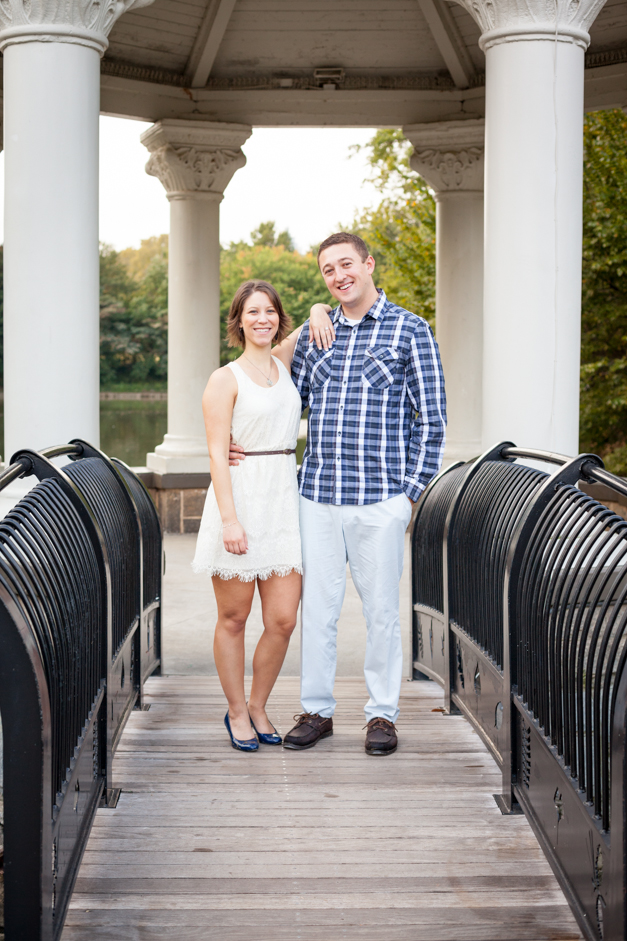You hired a professional photographer, and the pictures have been delivered. You’re now faced with the question of whether or not you should tip the photographer. Tipping is not a practice that’s common in every society. And even where it is, the issue of whether photographers should be paid a tip continues to be debated.
What is the Tipping Rate for Photographers
Tipping is not expected in some parts of the world, like Europe, Asia, and Australia. However, it is common in North America and Canada. Professional photographers can introduce tipping into their workflow even in countries where it is not shared. This could lead to extra income.
In general, clients tip photographers to express their appreciation for all of the hard work they do. Sometimes, the client’s appreciation for the photographer’s hard work and dedication or their thoughtfulness can lead to a tip. Each client will express their gratitude differently, depending on their feelings and available resources.
What Should you tip your photographer?
Tipping is not a set of rules that are universally accepted. However, a general rule is to tip someone when they perform a service personally for you. The recipient is usually in the service industry, which means they offer and produce customer benefits.
Although tipping is common in some service-related professions, such as waiters, barbers, and taxi drivers, photographers’ clients may tip them less often. Other workers in similar artistic fields (e.g., Tattoo artists) receive tips from their customers.
When in doubt, feel free to tip your photographer generously, primarily if they work for a large business or if you’re delighted with their photos and service.
You can tip a photographer for a variety of reasons, including:
- They went beyond the call of duty to provide you with the best service possible during a project.
- When they weren’t required to, they went out of their way to meet unexpected requests.
- You like their work and want them to prioritize your future needs.
- They may work for a big company that pays relatively low salaries to its employees.
- You are grateful for the excellent results.
- The environment and the other subjects of the shoot were challenging.
What Should you tip photographers?
- The amount you tip should reflect how satisfied you are with the photographer’s services. In many industries, tipping etiquette dictates that 15% to 20% of the bill is appropriate. Some people even list more. However, these suggestions are more suitable for lower-priced services (e.g., A haircut costs $30.
- A 15% percentage could be a large sum, and you wouldn’t want to budget for photo services (750 dollars for a $5,000 wedding package).
What type of tips do photographers receive?
- Clients can show their appreciation to the photographer in many ways. Some clients pay extra on their invoices, while others bring cash on the day. Photographers and clients in certain areas may be used to paying cash, which can affect their attitude toward gifting money or adding extra cash to an invoice.
- Not all appreciation is monetary. After the shoot, some photographers get gifts and gift cards – flowers, food and beverage hampers, retail and hospitality gift cards, and more.
- Although tips are always appreciated, photographers should rely on something other than them to plan their finances. Although it’s not a guaranteed source of income, tips can boost your confidence and help you reach revenue goals.
Who Is Likely To Tip Photographers
- Clients will generally tip more for social photography, such as weddings, family portraits, and portraits, than commercial, advertising, and product photography. Social photography allows the client to develop an emotional bond with their photographer.
- Photographers can make a positive impression on guests at weddings and other events. Additional exposure to family and friends can result in individual sales and, therefore, tips.
- Erin Rose Raduazo, a lifestyle and portrait photographer based in Charleston, South Carolina, regularly works with tourists who visit the area. They often believe that tipping is customary. Even her local clients give a tip. They can add 15%, 20%, or 25% or enter a custom amount via Square.
- She says that cash clients round up their balances. For example, if they owe $749, they usually bring $800 if they pay in cash. Most people enter a custom tip amount for Square invoices. I have received between $20 and $200 for a family session. But I do not want anyone to feel that they are required to tip. That’s why I never mention it. I let people pay their invoices without me standing right there.
- Raduazo says she gives tips because of her desire to meet her client’s needs and answer their questions. She gives them as much info as possible to prepare them for a photo shoot and gets to know her clients throughout the session. The clients feel confident and well taken care of when they arrive at the photo shoot and can leave with a relationship built up with Raduazo.
- Commercial photographers can also receive tips. While social photographers are more likely to get a bonus, they may be able to do so. Working with large brands and marketing departments may result in businesses rewarding you for a successful job with a gift certificate. This physical item can be branded and sometimes a monetary gift.
How can photographers encourage clients to tip?
- Photographers of all genres will benefit from knowing how to encourage their clients to add a tip to the agreed payment. A few minor changes to the client journey could lead to increased revenue without resorting to unethical or pushy sales tactics.
- You can encourage your clients to tip more by making minor adjustments in your workflow, invoicing, and customer service. This is not a guarantee, especially if you live in a region where tipping is uncommon. Making tipping an easy and accessible option for clients could lead to unexpected extra income.
- Read on if you want to learn how to earn tips from your job.
- Deliver Excellent Service With No Expectations
- Giving clients a reason for tipping is essential before adding additional options to your invoices. Wedding photographer Gary Pope in Connecticut does not encourage tipping. He aims to do “a great job during the planning process, turn up and have fun.”
- It’s now normal to get the planned tips and bonus ones because I am active and entertaining,” he says. The couples also connect with his second shooters, leading to additional suggestions.
- Add Tipping to Client Workflow
- Add tipping to your workflow. This is the easiest way to offer it to clients. Some CRM platforms like Honeybook and online payment systems such as Square allow customers to add tipping to their invoices. It’s essential to check if the tipping feature is enabled on your system.
- You don’t have to tell your clients about gratuities if you make them a seamless part of the service. You will be able to see this when your clients pay for services or when you offer products like prints and other upgrades after the shoot.
- Payment Terminals that Accept Tips
- As Jon Meadows, Making Bank with Photography, did in his headshot photography business, studio photographers who accept sales in person can offer to tip to clients.
- He says that the Square terminal has changed everything. When you turn on tipping, the airport will allow them to swipe, tap or insert their card more quickly. This means you won’t hand over the phone with the weird tip screen or wipe no tip before handing it to them.
- Access Different Client Markets
- It is possible to increase tips by changing the direction of your business rather than encouraging clients. Fine art wedding photographer Christina Dix in Nashville, Tennessee, noticed increased client recommendations after she began working with high-end clients and weddings held at luxury venues.
- Dix had yet to learn that her first clients were so low-budget. They rarely left a tip. Anyone on a tighter budget is going to have fewer expenses. She explains that some might think these clients should have valued your work or you more to leave a tip. But it could be because they couldn’t afford one.



